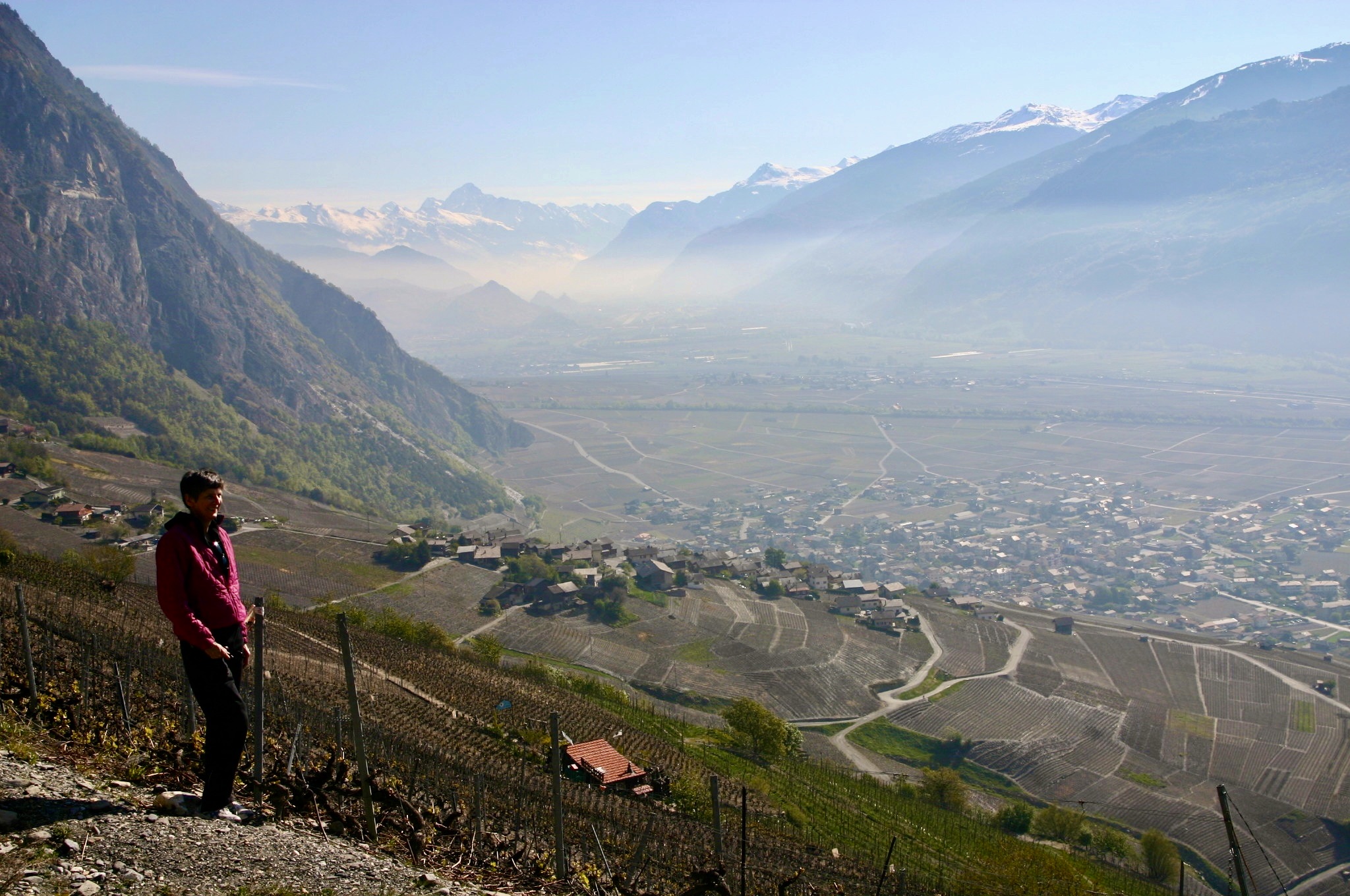 I am tired of the rat race. Unfortunately modern life allows for little down time and if we do take a break, we feel like we are getting behind. Where are we running to anyway? Social media only increases the pace and makes it feel like we are always missing out on something, somewhere.
I am tired of the rat race. Unfortunately modern life allows for little down time and if we do take a break, we feel like we are getting behind. Where are we running to anyway? Social media only increases the pace and makes it feel like we are always missing out on something, somewhere.
Everybody has been to or is going to Paris, London, Cancun or Maui and have posted photos about every step of their glorious vacation. Their grand kids are the cutest, their beaus handsomest, their marriage the longest lasting, their children are merit scholars and championship athletes. Gosh, even their pets win prizes.
Oh yes, everyone on Facebook also possesses the culinary expertise of five star chefs. They post pictures of the gourmet meals they whipped up while speed reading novels and writing bestselling books. And they lose weight to boot. All while garnering the highest awards in their field and looking dazzling. Even on holiday, they keep winning. They always caught the biggest fish in the Atlantic, hit the greatest jackpot at Vegas, or captured the most gorgeous sunset in the world. They swim with dolphins in the Bahamas, ride the waves on Bondi Beach and sip champagne on the Champs Elysées.
The biggest problem with social media is that it makes me feel like my life sucks.
If I were to post the truth on social media, this is what it would look like
S.O.S. All alert bulletin! HELP lost my glasses again. And I can’t see to find them.
Yikes, while checking out at the grocery store, I couldn’t remember my credit card code for the life of me, so I walked out empty handed and we went hungry for the night.
I wore my shirt inside out to work; no one told me until 9th period.
I’d tweet stuff like, uh oh, stepped in dog doo on my way to school.
Major meltdown. Locked out of house. Lost keys.
19:00 hours. S*** burnt the steaks AGAIN.
I want to slow down, sip a glass of wine and enjoy the view of the Alps from my backyard, but no, no, no… my phone is beeping, a message dinged, no time to be idle. I have to Tweet, blog, check my stats, recommend a book on Goodreads, update on FB, edit my profile, contact my Google+ circles, post on in interest, text message my friend, answer 91 emails for work, and check in with 10,987 virtual friends.
As I try to measure up, against the ever-changing, impossible standards of super woman in cyber-world, I have to stop to remind myself that I am NOT what I do,
I am. Full stop.
Instead of going on-line, this week I am going retro. I will meet a friend for coffee, go for a walk with ze Frenchman and read an old-fashioned paper book.
I will turn off the electronics, tune out social media and tune into my own reality show.
And Live.
Life. Be. In. It.
What do you think? Is social media taking its toll on your well-being?

 e the chalet’s front door is the date it was built. The old huts were remodeled to make mountain homes. As historical landmarks, any alteration must be approved by the Swiss government. Many have been restored, renovated and expanded, yet retain the original wood.
e the chalet’s front door is the date it was built. The old huts were remodeled to make mountain homes. As historical landmarks, any alteration must be approved by the Swiss government. Many have been restored, renovated and expanded, yet retain the original wood.






 One of the perks of living in Switzerland, a small country with such contrasting landscapes, is that within a few hours drive, you can enter what feels like another universe.
One of the perks of living in Switzerland, a small country with such contrasting landscapes, is that within a few hours drive, you can enter what feels like another universe.
 the mineral rich baths in one of the three pools with water at various temperature levels. Naturally, I like it hot, so I spent my time in the
the mineral rich baths in one of the three pools with water at various temperature levels. Naturally, I like it hot, so I spent my time in the 






